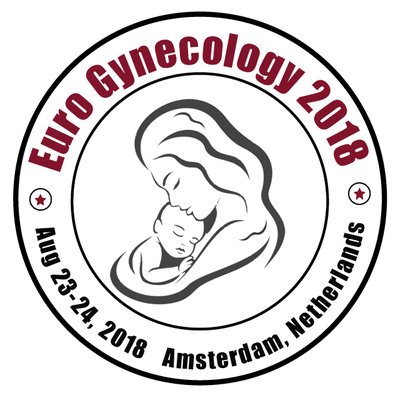Research Article, J Womens Health Issues Care Vol: 5 Issue: 2
Physiological Evaluation of Neck and Shoulder Pain (Katakori in Japanese) in Postpartum Japanese Women
| Keiko Koyasu1*, Naomi Ueyama2, Yuko Tanikawa3, Mineo Yamasaki4 and Hiroya Matsuo5 | |
| 1Kansai University of Nursing and Health Sciences, Awaji, Japan | |
| 2Takarazuka University School of Nursing, Osaka, Japan | |
| 3Takenoko midwifery center, Kobe, Japan | |
| 4Palmore Hospital, Kobe, Japan | |
| 5Kobe University Graduate School of Health Sciences, Kobe, Japan | |
| Corresponding author : Keiko Koyasu Kansai University of Nursing and Health Sciences, 1456-4 Shizuki Awaji, Hyogo, 656-2131, Japan Tel: +81-799-60-120 E-mail: k.koyasu@kki.ac.jp |
|
| Received: March 09, 2016 Accepted: March 22, 2016 Published: March 27, 2016 | |
| Citation: Koyasu K, Ueyama N, Tanikawa Y, Yamasaki M, Matsuo H (2016) Physiological Evaluation of Neck and Shoulder Pain (Katakori in Japanese) in Postpartum Japanese Women. J Womens Health, Issues Care 5:2. doi:10.4172/2325-9795.1000224 |
Abstract
Objective: Neck and shoulder pain (NSP) is the most common symptom in Japanese women. NSP is often accompanied by unpleasant symptoms. The objective of this study is to elucidate the pathophysiology of NSP in relation to specific mental and physical states in postpartum women.
Methods: Data was collected by questionnaire, It consisted of the subject’s characteristics, details of NSP and degree disturbance of daily life due to NSP (level 0 (none) to 10). Evaluation of psychological stress was using the Profile of Mood States - Brief Japanese version (POMS-B). Moreover, we examined measurement of muscle hardness, blood flow, autonomic nervous system (ANS) activity and angles of breastfeeding posture. Participants were 62 postpartum women from one month to six months after delivery.
Results: The worsening of NSP after birth was associated with psychological distress by POMS-B. ANS activity was compared with “less than 25% of the quartile” and “more than 75% of the quartile” of POMS-B score, using t-test. High-Frequency (HF) tended to be lower in “more than 75%” than in “less than 25%” score for Fatigue. The mean score of “disturbance of daily life due to NSP” in postpartum women with NSP was 4.7±2.3. The surface skin temperatures in “disturbance of daily life due to NSP �?� 4.7” were significantly lower than those in “< 4.7”. LF/ HF ratio in “�?� 4.7” was significantly higher than that in “< 4.7”. Breastfeeding posture angles showed significant differences in head angle between “worse after birth” and “no-change/relief after birth”.
Conclusions: The results suggested that psychological stress in postpartum women might be related to worsening of NSP through the modification of ANS activity and worsening of NSP after birth was associated with breastfeeding posture.
 Spanish
Spanish  Chinese
Chinese  Russian
Russian  German
German  French
French  Japanese
Japanese  Portuguese
Portuguese  Hindi
Hindi 



